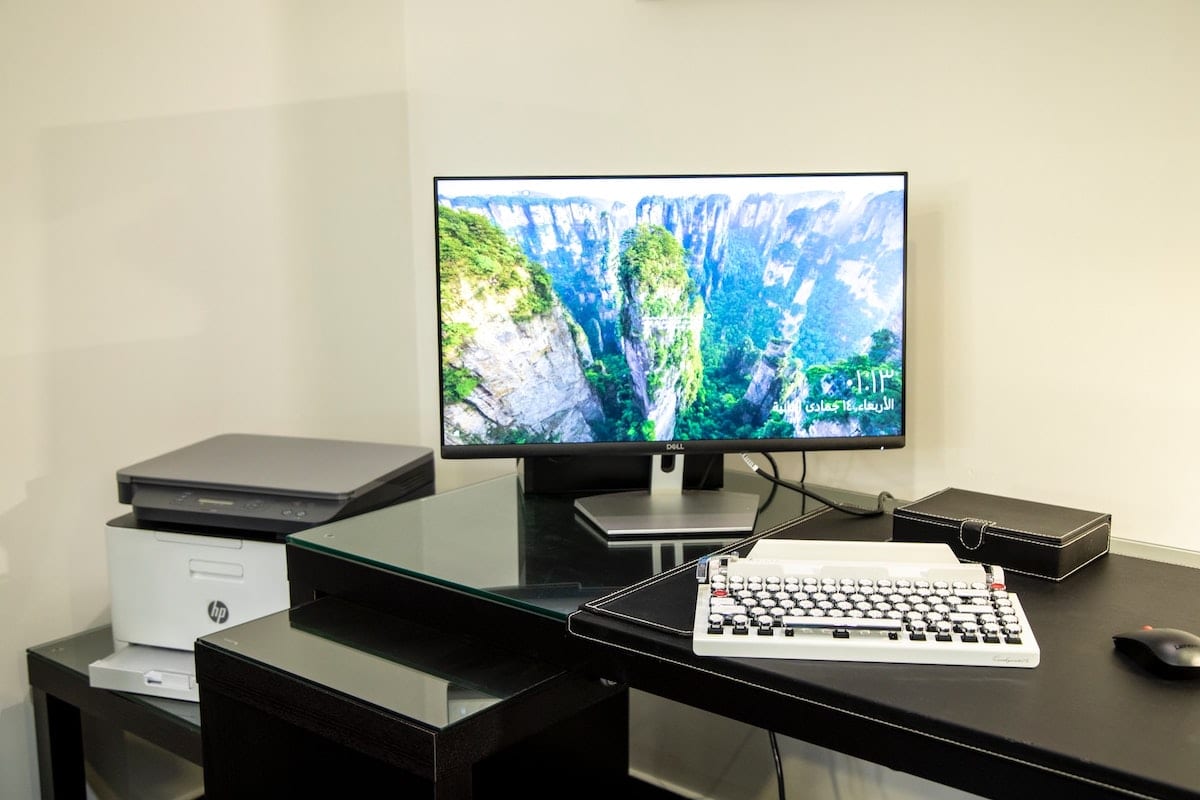3D scanners revolutionize the old-fashioned ways of recording data. The device digitally reconstructs a given scanned object. To do this, they use a variety of technologies to record and process the distances between the objects and the sensor.
How is it possible to obtain this distance data in order to subsequently create precise 3D models from it?
In order to collect the necessary information, there are various scanning methods. Below you will find details on the technologies used in the 3D scanner: time-of-flight, triangulation and structured light.
Time-of-Flight
One method used by 3D scanners to measure distances is the time-of-flight method, abbreviated as ToF in the following.
The camera contains an infrared sensor that collects the required distance data. Here, the decisive factor is the measured time required for a light pulse to travel to the scan object and back to the sensor.
The known speed of light is then used to determine the travel time of the light pulse. The ToF technology is especially suitable for scan objects with a large distance to the scanner itself. Note, however, that 3D scanners with this technology only achieve an accuracy of 5 to 10 mm.
Triangulation
Another technology that is built into many 3D scanners is triangulation. In this method, the scanner’s sensor uses white light – instead of infrared light used with ToF – to illuminate one point of the scan object at a time.
Unlike ToF technology, however, triangulation measures distance differently. The camera, the light source and the targeted point on the scan object are arranged in a triangle. The distance of the scan object to the sensor is determined by the position of the light point in the image of the camera.
Triangulation produces highly accurate scans and is particularly suitable for shorter distances between the scan object and the sensor.
Structured Light
Last but not least, you will find the structured light method in some 3D scanners. This method is similar to triangulation and even based on it, but it is much more complex.
The sensor emits coded light in different stripes onto your scan object. The surface structure of the object determines the recorded light stripe pattern. If the height structure varies, the length of the individual light stripes is different.
A matrix then transforms the two-dimensional sequence of fringe images into a 3D model. In order to scan a highly accurate and complete model, your object must be completely still. After only a few seconds, you will receive your exact scan result.
The Right Scanning Method for Your 3D Models
Different 3D scanners make use of different technologies. As you read in this article, there are several ways to get your 3D data, for example through ToF technology, triangulation or structured light.
Depending on the application, a different technology suits you or your business. Which of the scanning methods is best for you? That depends on what you value and what is important to you.
If you need high-precision accuracy in the micrometer range and fast scans, for example, structured light is a good choice for you. If millimeter precision is also sufficient, one of the other two technologies is suitable for your 3D scanner.


